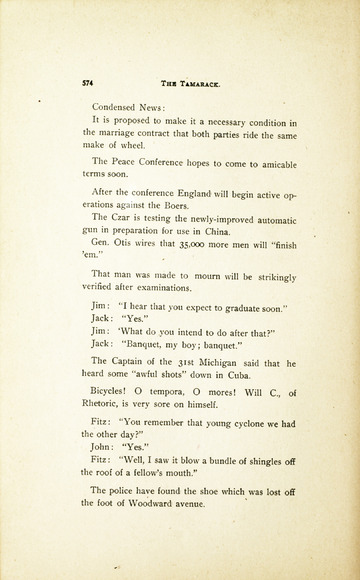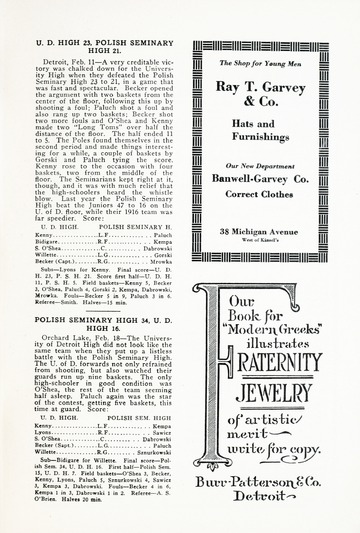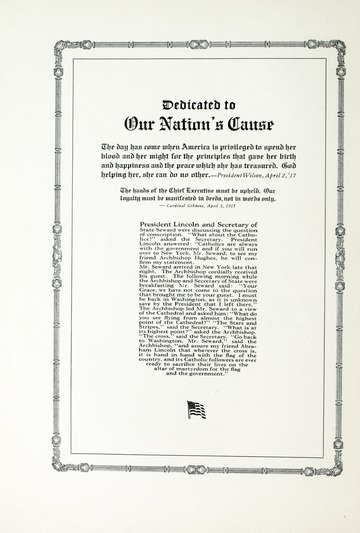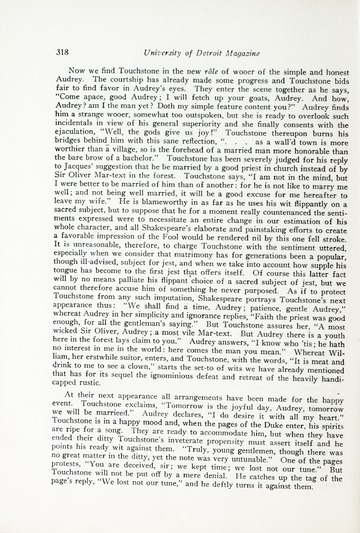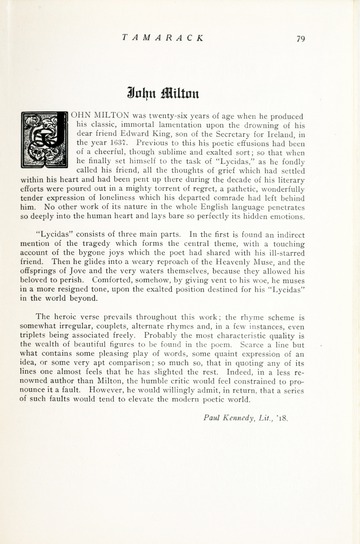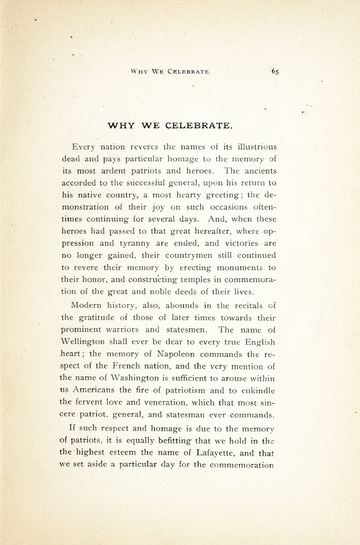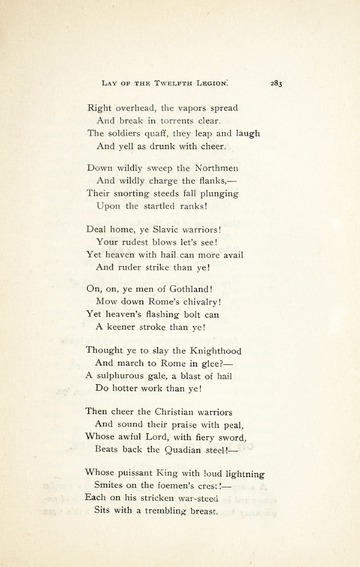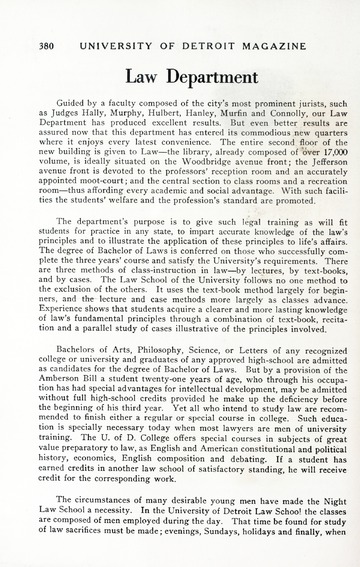A Tamarack is a type of pine tree with reddish-brown bark and blue-green needles. It's also the name of a series of publications from the University of Detroit that appeared between 1890 and 1923. These are considered the first issues of what in 1923 would be absorbed by the Varsity Newspaper that started its publication in 1918.
We are proud to introduce you to the Tamarack digitized collection. Viewing the pages of the first publication offers readers an excursion to another time. The experience is like stepping inside the memories of those who are no longer with us. The generations that were at the beginning of the university experience during those years still, through these booklets, offer you a way of sharing a time when the world was less chaotic and seemingly more fun.
The Tamarack publications offer more than just a connection to the past. They include poetry and essays written by those who could be the great grandparents of today's students. The writing published in these booklets may not have been saved or published anywhere else. The writing is original and individual; the voice of an age that is now silent. The wisdom and talent of the young minds of this time are now held forever within these pages, now digitally preserved for generations to come.
Within these pages you’ll discover:
- There’s a history within these pages of sports at Detroit College that would later become the University of Detroit teams: football and basketball, as well as track and field.
- The 1907 Tamarack, devoted to athletics, was briefly renamed “The Young Tamarack” for the June edition.
- A regular column called “Items of College History,” a running account starting with the first published volume of the highlights of each semester (today we might find this section published as a blog site).
- We learn in this feature, for example, that on June 26, 1886, commencement exercises were held at the Detroit Opera House. An excellent program was enjoyed by a large audience, and everything went as planned. No one seemed to care that there was no graduating class that year. For the second time in the College’s history, the students who should have formed the philosophy class had dropped out one by one during the year.
- Another regular column in each of the early Tamaracks (called “Nugatory”) offered readers jokes and humor.
- The light and breezy feel of the first few publications takes on a more serious tone in later issues.
- Later publications shifted focus from art and poetry to concentrate on the growing interest in technology and science.
- The Tamarack of 1917, for example, focused on advances in engineering, as well as on the effects of the war and the unsettled world outside the campus.
- Ads for everything from washing machines to tennis supplies to jewelry to funeral directors fill the final pages of the Tamaracks in similar fashion to the way the Varsity News and Tower yearbooks would be designed later.
- The advertising alone, when viewed over time, offers a cultural view of the growing economic changes in Detroit.
From creative expression to technological expertise, every issue of this periodical, offers a rare glimpse into the cultural history of a growing academic presence that would become the university we know today.
Tamaracks are distinctive trees and so are the publications that bear their name. They are not evergreens, however, and neither are the printed materials. As digitized memories, the University hopes to preserve them for students now and in the years ahead.
Richard Mabey says, “To be without trees would, in the most literal way, to be without our roots.” (Beechcombings: The narratives of tree) The same sentiment seems to also apply to the history these printed Tamaracks represent.
Please contact the library reference desk at [email protected] or 313-993-1071 for assistance with this collection.




